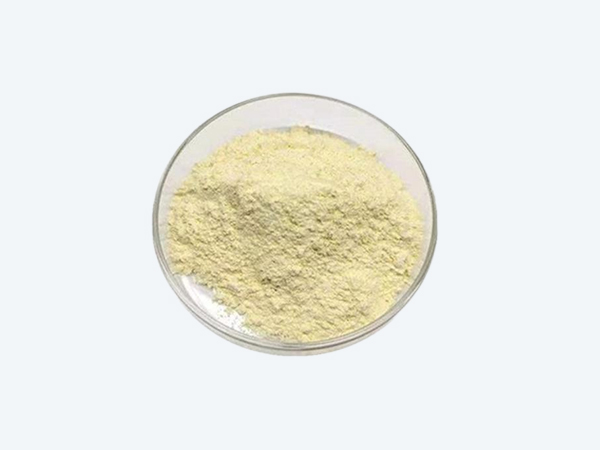





Cerium zirconium composite oxides are widely used in mobile source catalysis because of their excellent oxygen storage and aging properties. Cerium zirconium composite oxide not only participates in the catalytic reaction, but also has the function of carrier, which plays the role of supporting and dispersing the active metal. The modification of the formula of cerium zirconium composite oxide has obvious influence on its physical and chemical properties and application properties. The change of the molar ratio of cerium zirconium composite oxide will affect its reduction temperature, oxygen storage performance and high-temperature aging performance, which will affect the cold start catalytic performance and the utilization efficiency of noble metal at the application end of mobile source catalysis.
However, in the tail gas catalytic reaction, the three-way catalyst should not only realize the reduction of nitrogen oxides, but also realize the oxidation of carbon monoxide and hydrocarbon remaining in incomplete combustion. In order to achieve the highest conversion rate of these three pollutants, the oxygen content in the fuel reaction system must be near the theoretical reaction measurement point relative to the fuel. Only in the vicinity of theoretical air-fuel ratio, the three-way catalyst can realize the maximum conversion of nitrogen oxides, carbon monoxide and hydrocarbons. Air-fuel ratio A/F definition: air quality consumed by the engine/fuel quality consumed by the engine. When A/F = 14.6(λ = 1), the fuel can be completely burned in theory, and the exhaust gas after combustion can be converted to the maximum extent of pollutants by relying on the remaining oxidizing substances under the action of catalyst. The fuel ratio is controlled automatically through the sensor closed-loop system.
However, in the actual driving process, due to the complex working conditions, the inhaled oxygen is sometimes insufficient and sometimes excessive compared with the oil and gas injected into the cylinder. When the oil and gas is excessive (λ > 1), the tail gas will contain excessive hydrocarbons and carbon monoxide need to catalytic combustion, but the tail gas because of the lack of oxygen, resulting in its conversion; When the air excess (lambda < 1), exhaust gas containing excessive amounts of oxygen, resulting in a large number of nitrogen oxides, nitrogen oxides reduction for nitrogen rely mainly on hydrocarbons and carbon monoxide, due to excessive oxygen, hydrocarbon and carbon monoxide will be a large number of catalytic on catalyst, thereby reducing nitrogen oxides, nitrogen oxides leading to the gas emission standard.
Cerium oxide in cerium zirconium solid solution has two valence states, trivalent and tetravalent, which can be converted freely under certain conditions. When the air in the tail gas is excessive, the trivalent cerium absorbs oxygen and is stored, and converted into tetravalent cerium at the same time, thus ensuring the reduction of nitrogen oxides. In the absence of oxygen in the exhaust gas, the tetravalent cerium releases oxygen to ensure full oxidation of hydrocarbons and carbon monoxide.
However, the conversion between trivalent cerium and tetravalent cerium is a dynamic equilibrium problem. When trivalent cerium is converted to tetravalent cerium, the atomic radius decreases and the solid solution lattice shrinks. The conversion of tetravalent cerium to trivalent cerium leads to the expansion of the lattice of cerium zirconium solid solution with the increase of atomic radius. The shrinkage and expansion of the lattice will lead to the instability of the cerium zirconium solid solution structure, resulting in agglomeration or collapse of the pore, affecting the lifetime and catalytic activity of the catalyst.
